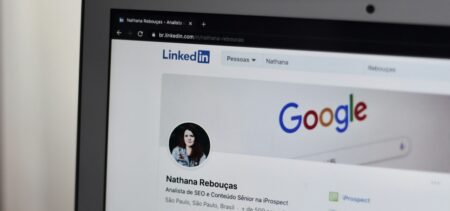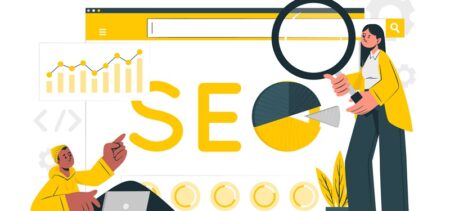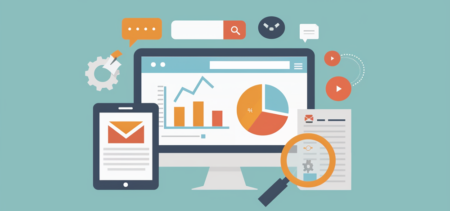After more than two years of dealing with the COVID-19 pandemic—which will go down in history as one of the most serious public health crises of this century—people in the US and abroad are trying to return to normal. While this means going back to normal routines and habits, the pandemic has undoubtedly changed the way people live, work, and shop—and some of the changes brought on by the crisis may have lasting effects on both people and the economy. Moreover, with major problems, such as inflation and a new geopolitical crisis in Ukraine, many are wondering what returning to normal actually means.
According to CNBC, almost 50% of all Americans are now sinking deeper into debt due to inflation. Allen Amadin, President and CEO of American Consumer Credit Counseling, stated that the pandemic, Russia’s invasion of Ukraine, and other world events have all had uncommon effects on American society when it comes to household finances. While consumer spending continues to sustain the US economy for the moment, people will most likely spend less if inflation keeps increasing.
The good news, however, is that digital marketing strategies can be used to fight inflation and boost sales—allowing companies to move from merely surviving to thriving in the future.
How Inflation Can Impact Marketing
Inflation is not only disrupting the world economy as a whole, but it also affects marketing strategies. According to WordStream, the cost per click of search ads is up this year when compared to 2021. With the normal cost per click for search ads ranging between $2 to $4 in 2022, marketers in the US and abroad should become more vigilant when managing their costs and profits. This also applies to other digital marketing strategies—such as influencer marketing, digital promotions, and sales. Limiting investment to the most effective strategies could prove to be one of the best ways to fight inflation.
However, when it comes to rising costs, search ads costs per click are not the only rates on the rise. According to a recent study conducted by the U.S. Chamber of Commerce and MetLife, 67% of small business owners recently admitted that they have raised the prices of their products and services in response to mounting inflation pressure. Although marketers everywhere may see rising prices as a potential problem for their brands, they should note that one of the most important issues is actually announcing the price increase in the best way. Preventing a price increase may be impossible, but to retain customers, it is crucial to explain increased costs.
Retaining Customers and Finding New Leads
Retaining customers is vital during an economic crisis, but that doesn’t mean that finding new leads is less important. Although higher prices are problematic for both strategies, the good news is that digital marketers now have access to new technologies, apps, and platforms that can help them succeed in retaining customers and finding new ones—even when working with reduced budgets. Effective strategies include creating summer giveaways on your brand’s social media accounts, and rewarding returning customers who also shop at your physical store.
One of the best ways of making sure that a brand, product, or service survives and thrives during an economic crisis is to use creative, enticing digital marketing strategies. From cost-effective strategies, such as creating personalized content based on email marketing, to using artificial intelligence (AI) and virtual reality (VR) to analyze data and boost sales, marketers now have numerous options to enhance their digital marketing strategies. One of the most important factors to consider when developing or implementing new strategies during times plagued by economic crises is cost-effectiveness. Marketers should opt for creative strategies that can be developed effectively on small budgets.
Overcoming Inflation
According to National Economic Council Director Brian Deese, consumer spending remains solid at present and current economic data is not consistent with a recession. This means that the American economy is expected to return to normal after overcoming inflation—and marketers should be prepared not only to help with the fight, but also to reap the benefits in the future.





































